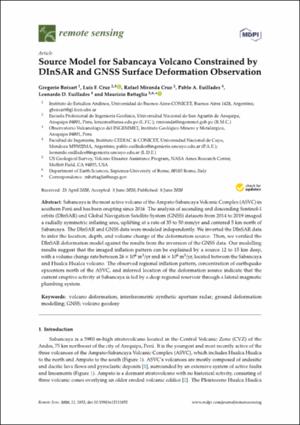Please use this identifier to cite or link to this item:
https://hdl.handle.net/20.500.12544/2697Files in This Item:
| File | Description | Size | Format | |
|---|---|---|---|---|
| Boixart-Source_model_for_Sabancaya_volcano.pdf | Artículo indizado | 4.66 MB | Adobe PDF | View/Open |
This item is licensed under a Creative Commons License












